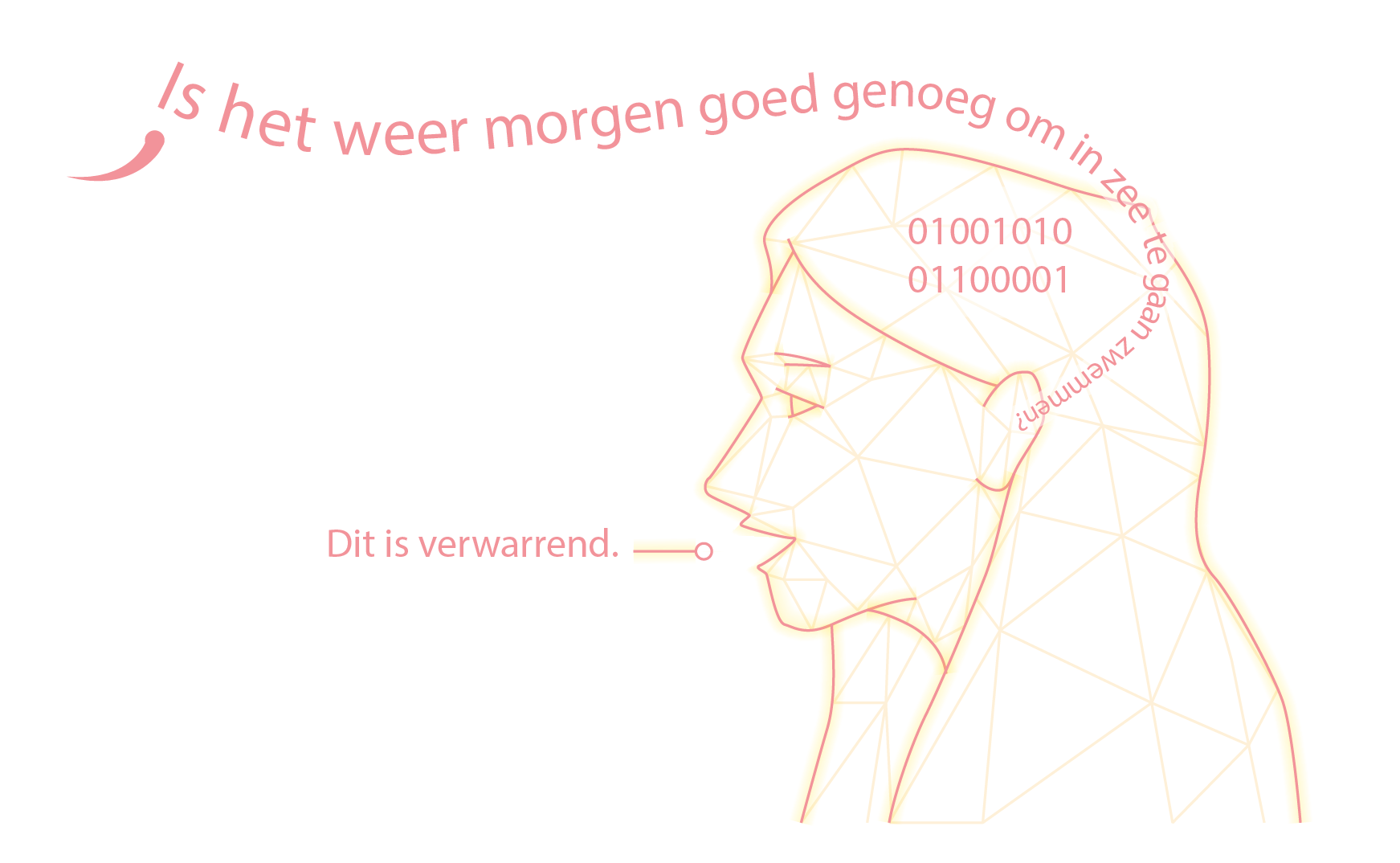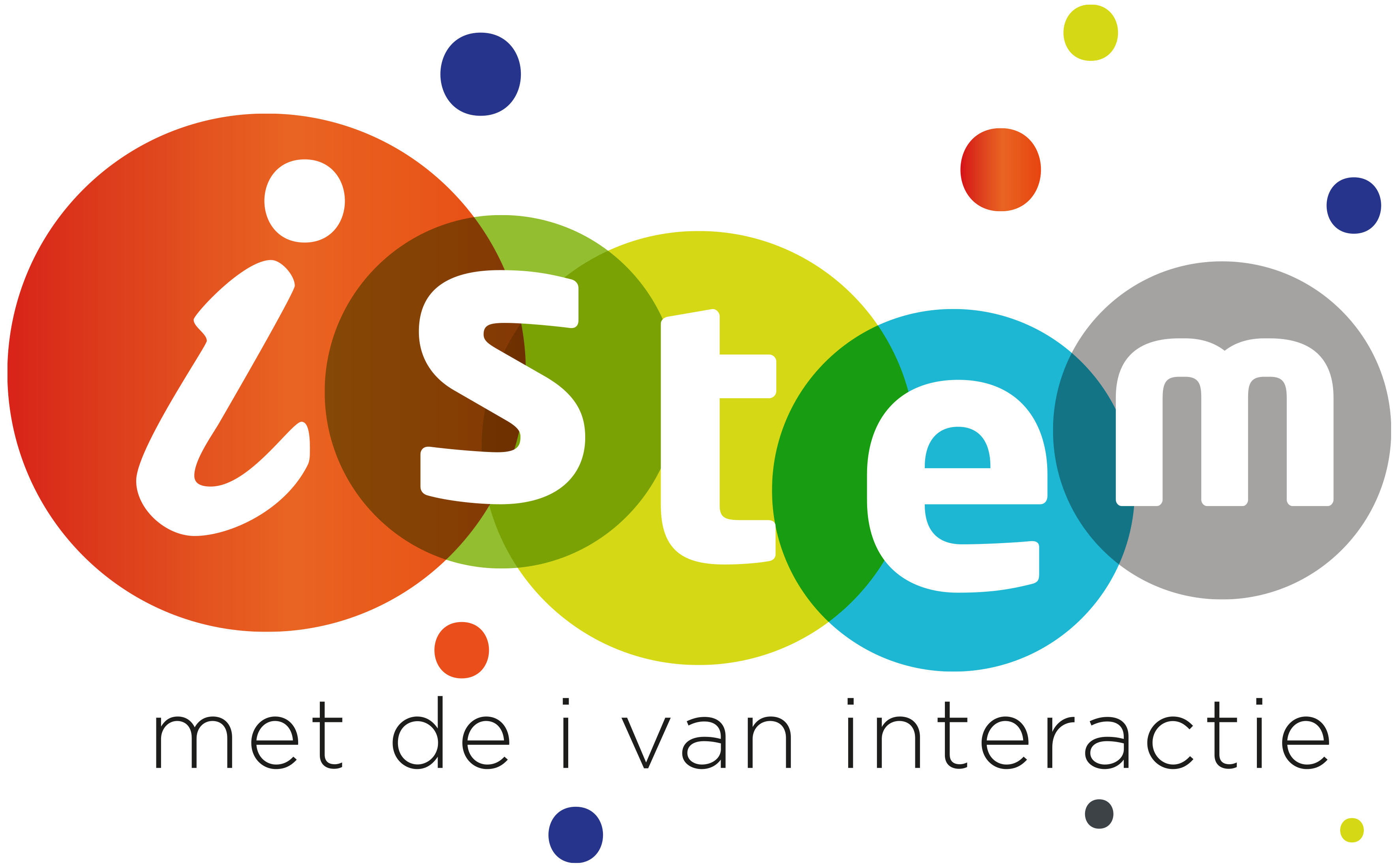Scientific Research
In the field of Natural Language Processing (NLP), researchers rely on algorithms to examine texts. They use both knowledge-based and data-based artificial intelligence for this purpose. Through sentiment analysis, for example, they can determine whether people express themselves positively or negatively about certain products, companies, or individuals on social media. Based on writing style, they try to identify who wrote a particular text. They also investigate how they can distinguish personality types based on language. A good knowledge of linguistics, computer science, and psychology is indispensable for this; NLP is an interdisciplinary field.
Developments in language technology provide new tools to detect fake news, combat crime, and make healthcare more efficient; there are also numerous applications in the business world.

AI
To process natural language, artificial intelligence is used. Students explore natural language processing systems for applications such as sentiment analysis, cyberbullying detection, and author recognition. These systems do not deal with raw data; the texts are prepared before the computer analyzes them. Students gain insight into the principles of computational thinking, which are clearly illustrated here, such as decomposition, pattern recognition, abstraction, and algorithms. They learn about the possibilities and limitations of knowledge-based and data-based systems.
Chatbots
More and more companies and organizations place a chatbot on their website with a view to better service. Thanks to NLP and considering user expectations, these automatic conversation partners are becoming increasingly pleasant to use. Chatbots are used for customer service, HR, providing information, and in various domains such as healthcare, entertainment, the business world, politics, and education. Students experience the limitations of a rule-based chatbot themselves, making them more media-savvy, as most chatbots in commercial applications today still primarily operate on a rule-based basis.
Sentiment Analysis
The popularity of the internet not only led to the rise of social media but also gave rise to a new research domain: detecting feelings and opinions in texts. Sentiment analysis has already proven its importance for the business world, industry, and society. Automatically assigning a sentiment score to online customer reviews, tweets about politics, or a chatbot conversation, it all happens with artificial intelligence: NLP applied in both a knowledge-based (using rules) and data-based (using machine learning) manner.
Learning paths
No learning paths could be found with your preferences.
Files

Partners





